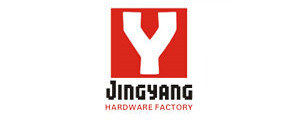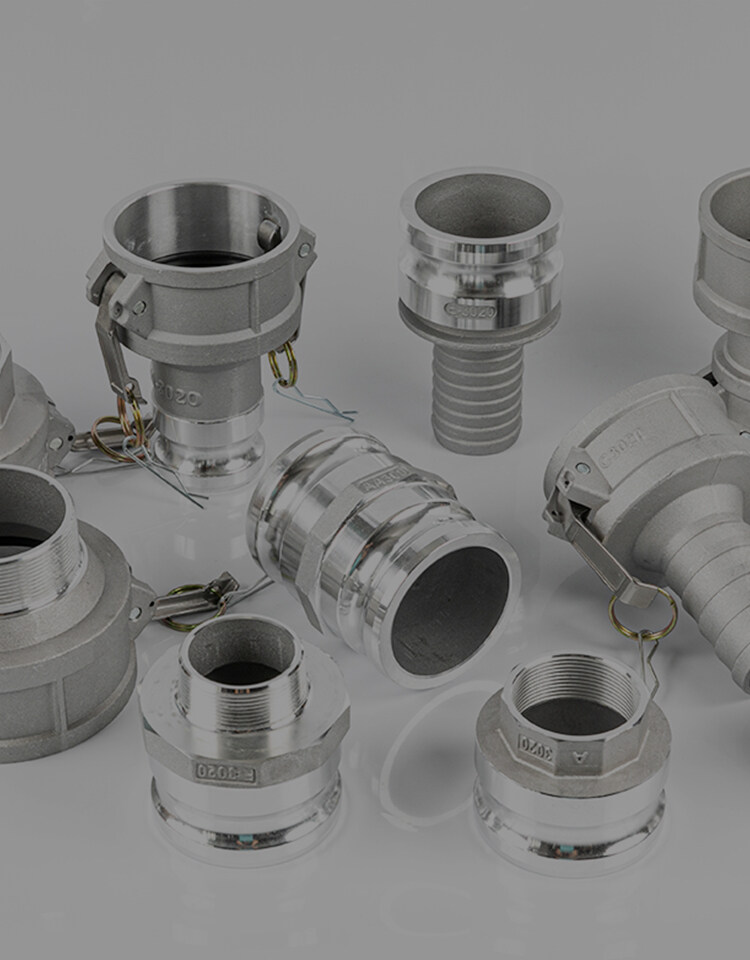이메일 형식 오류
emailCannotEmpty
emailDoesExist
pwdLetterLimtTip
inconsistentPwd
pwdLetterLimtTip
inconsistentPwd

소식
여기에서 표현하려는 텍스트를 설명 할 수 있습니다.
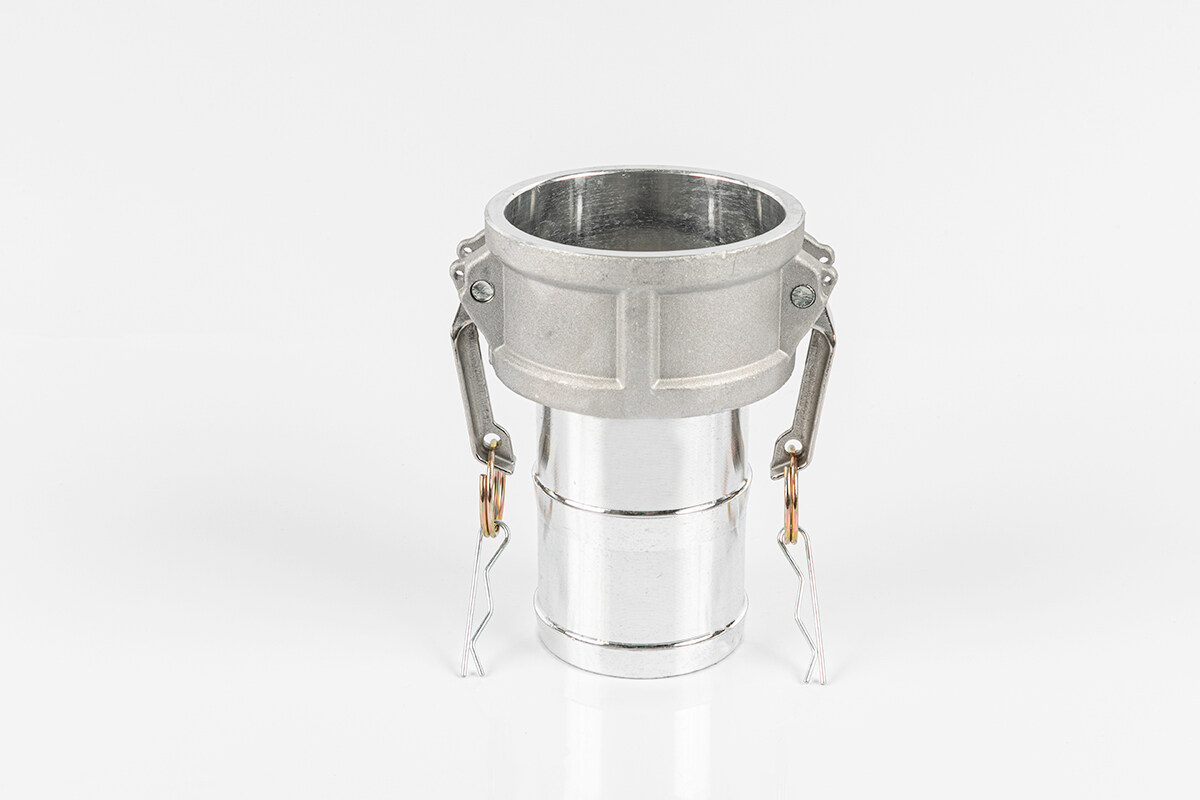
Mastering the Art of Adapter Fittings in Plumbing and Beyond
Adapter fittings are unsung heroes in the world of plumbing and fluid systems. Whether it's a threaded adapter fitting or a stainless steel adapter fitting, these small but essential components play a pivotal role in ensuring a seamless connection. In this comprehensive guide, we'll explore the world of adapter fittings, their applications, and how they are the unsung heroes of fluid systems.
Understanding Adapter Fittings
1. What Are Adapter Fittings?
Adapter fittings, sometimes referred to as connectors, are versatile components designed to bridge the gap between two different types or sizes of pipes, hoses, or fittings. They are crucial for creating a secure and leak-free connection, especially when dealing with different materials or thread types.
2. The Role of Threaded Adapter Fittings
Threaded adapter fittings are a subset of adapter fittings and are particularly important when dealing with threaded connections. They allow for the transition from one thread type to another, ensuring a snug and secure fit between components.
3. The Diversity of Adapter Fittings
Adapter fittings come in various shapes, sizes, and materials to meet the specific needs of different applications. Here, we explore the most common types and materials, including stainless steel adapter fittings.
1). Straight Adapter Fittings
Straight adapter fittings are used when a direct, inline connection is needed. They have the same type of fitting at both ends, making them ideal for extending or connecting two pipes or hoses with the same diameter and thread type.
2). Threaded Adapter Union Fittings
Threaded adapter union fitting combines the features of adapter fittings with those of union fittings. These are designed for easy disconnection and reconnection without needing to disassemble the entire system. They are valuable in systems that require periodic maintenance or modifications.
3). Stainless Steel Adapter Fittings
Stainless steel adapter fittings are known for their corrosion resistance and durability. They are commonly used in applications where exposure to moisture, chemicals, or extreme temperatures could lead to the degradation of other materials. Stainless steel adapter fittings offer long-term reliability and are favored in both industrial and residential settings.
Applications of Adapter Fittings
Adapter fittings find applications across a wide range of industries, and their importance cannot be overstated. Let's delve into some of the primary applications where adapter fittings shine.
1. Plumbing Systems
In plumbing systems, adapter fittings are frequently used to connect pipes and hoses of different materials or sizes. This is essential for ensuring a watertight and secure connection, especially in complex plumbing installations.
2. Industrial Settings
In industrial environments, adapter fittings are used to connect various components of fluid systems, including pumps, valves, and machinery. Stainless steel adapter fittings, in particular, are prized for their ability to withstand harsh conditions and resist corrosion.
3. Automotive Industry
Adapter fittings are essential in the automotive industry, where they facilitate the connection of different parts of the fuel and brake systems. The reliability of these fittings is critical to the safety and performance of vehicles.
4. Hydraulic Systems
Hydraulic systems rely heavily on adapter fittings to connect hoses, pipes, and hydraulic components. They must be durable and leak-free to ensure the efficient operation of heavy machinery and equipment.
The Importance of Proper Installation
For adapter fittings to perform at their best, proper installation is key. Here are some important considerations when installing adapter fittings:
1. Thread Sealant
Using the right thread sealant is crucial to prevent leaks. Whether it's Teflon tape or a liquid sealant, ensuring a secure seal between threads is essential.
2. Torque Specifications
Adapter fittings should be tightened to the manufacturer's recommended torque specifications. Over-tightening can damage the threads, while under-tightening can result in leaks.
3. Inspection
Regular inspection of adapter fittings is essential. This ensures that there are no signs of wear, corrosion, or damage that could compromise the connection's integrity.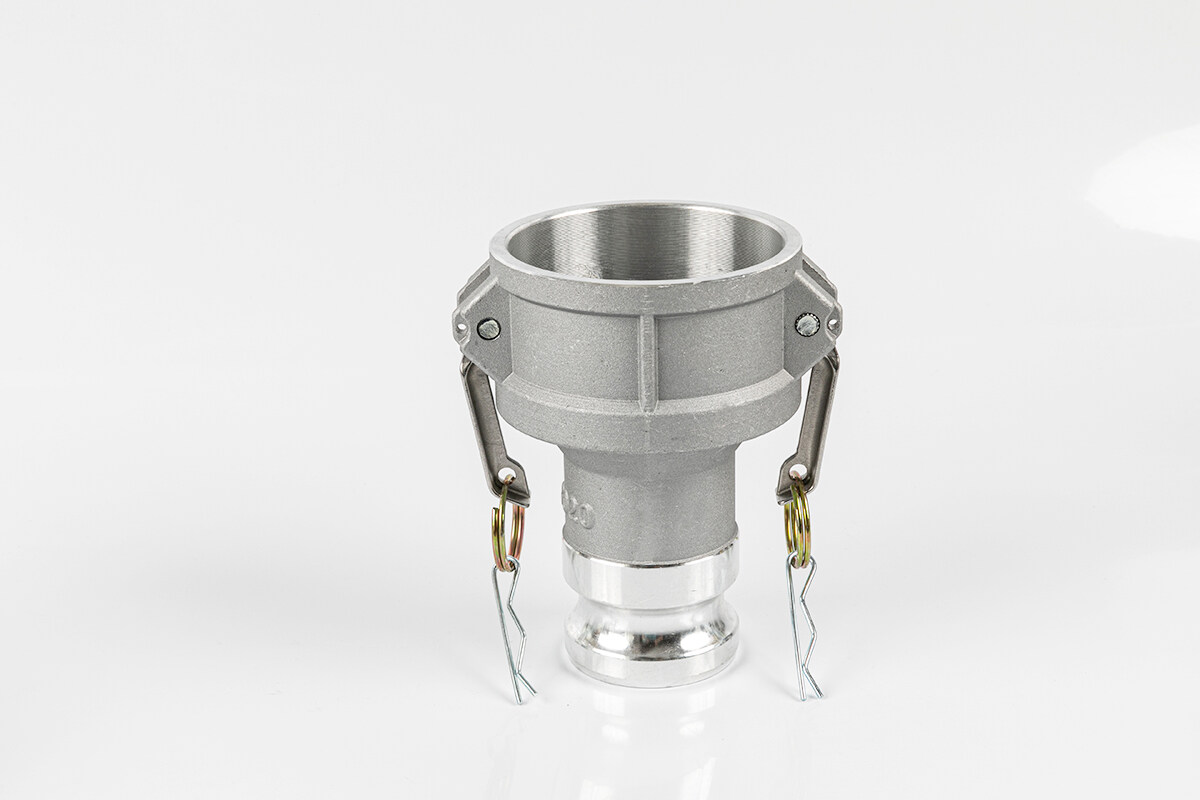
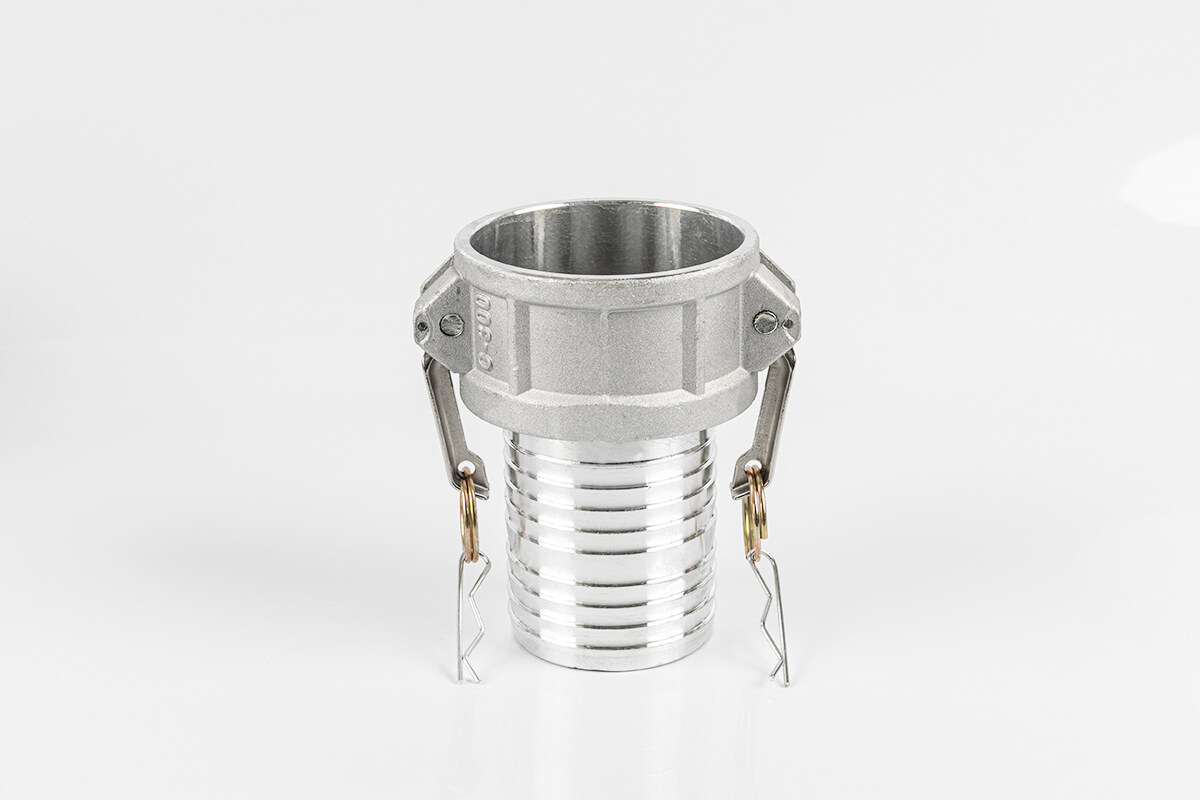
Conclusion
Adapter fittings, including threaded adapter fittings and stainless steel adapter fittings, are the unsung heroes of plumbing, industry, and countless other applications. Their ability to bridge gaps and create reliable connections is invaluable. By understanding the different types and materials available, as well as the importance of proper installation and maintenance, you can make the most of these versatile components in your fluid systems. Adapter fittings may be small, but their impact on the efficiency and reliability of systems is undeniable.
